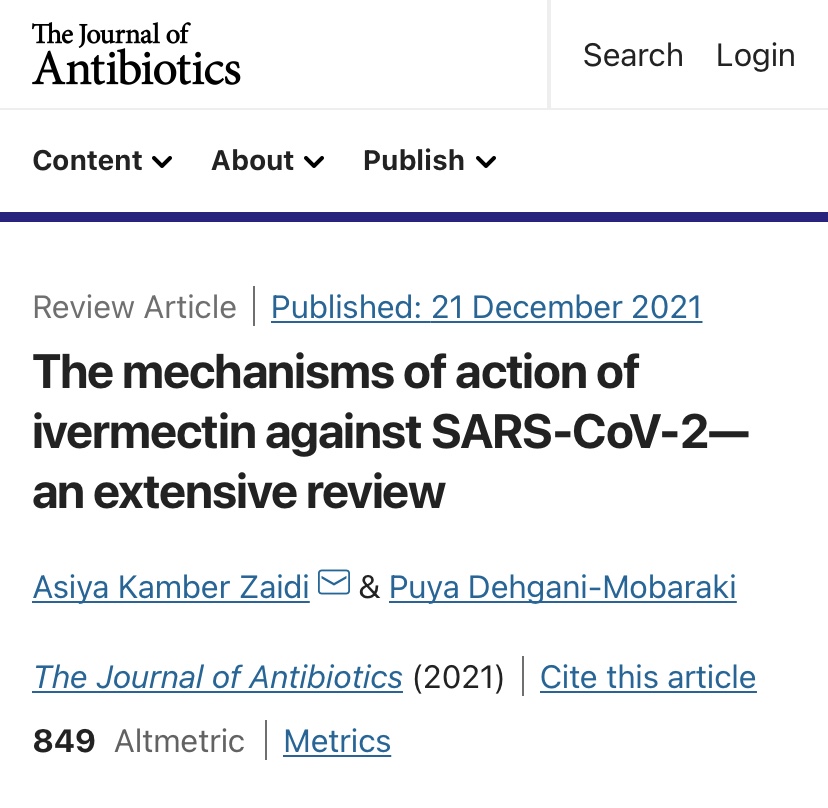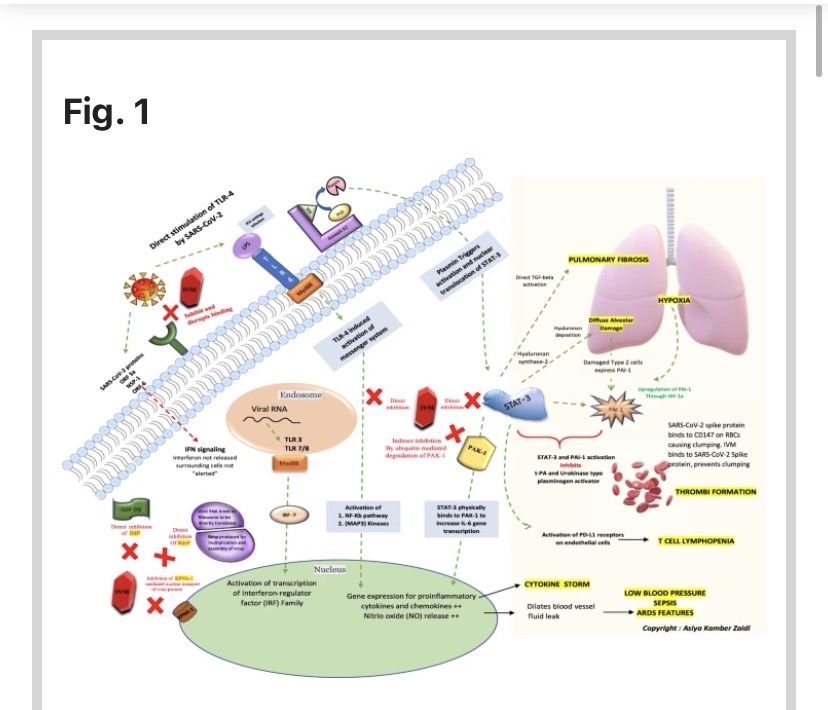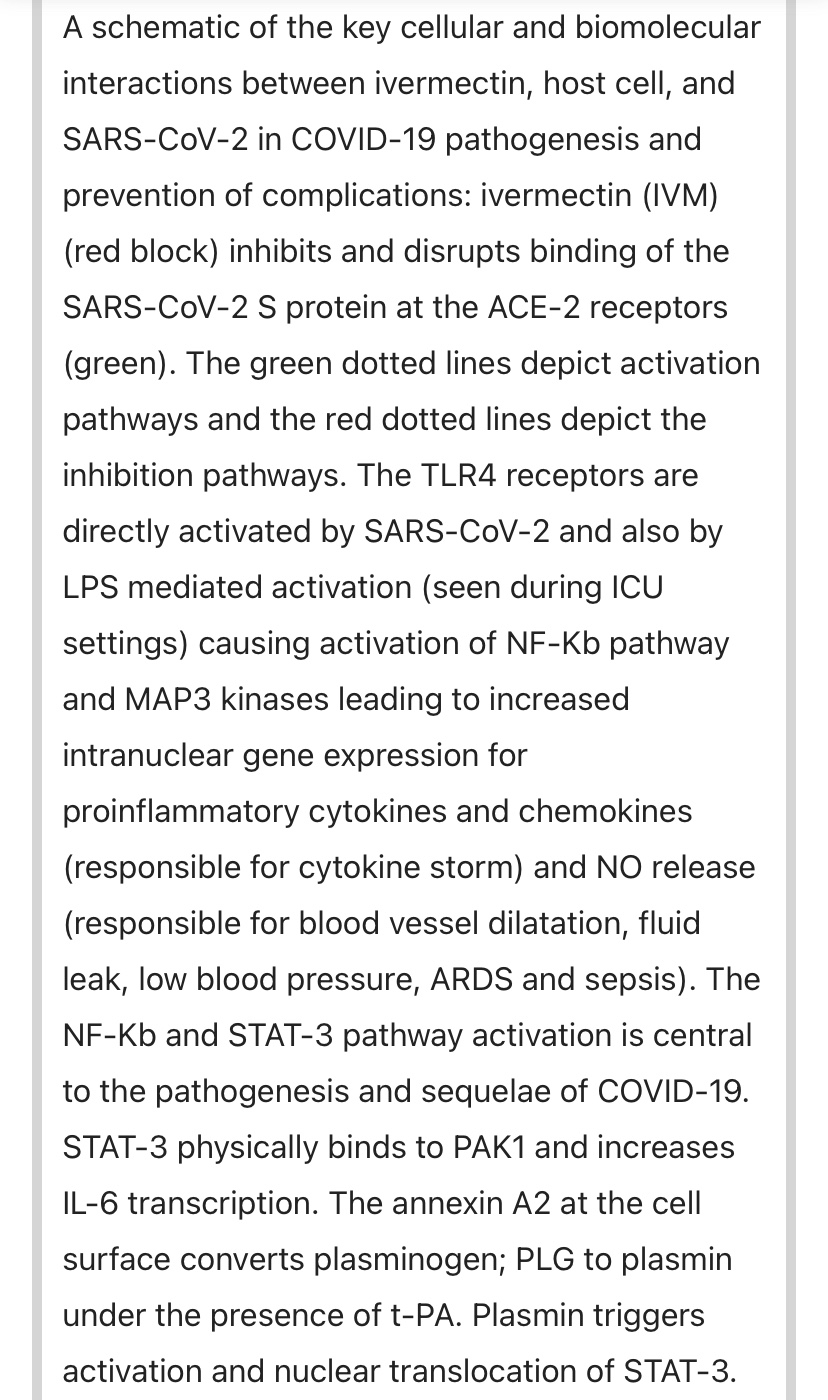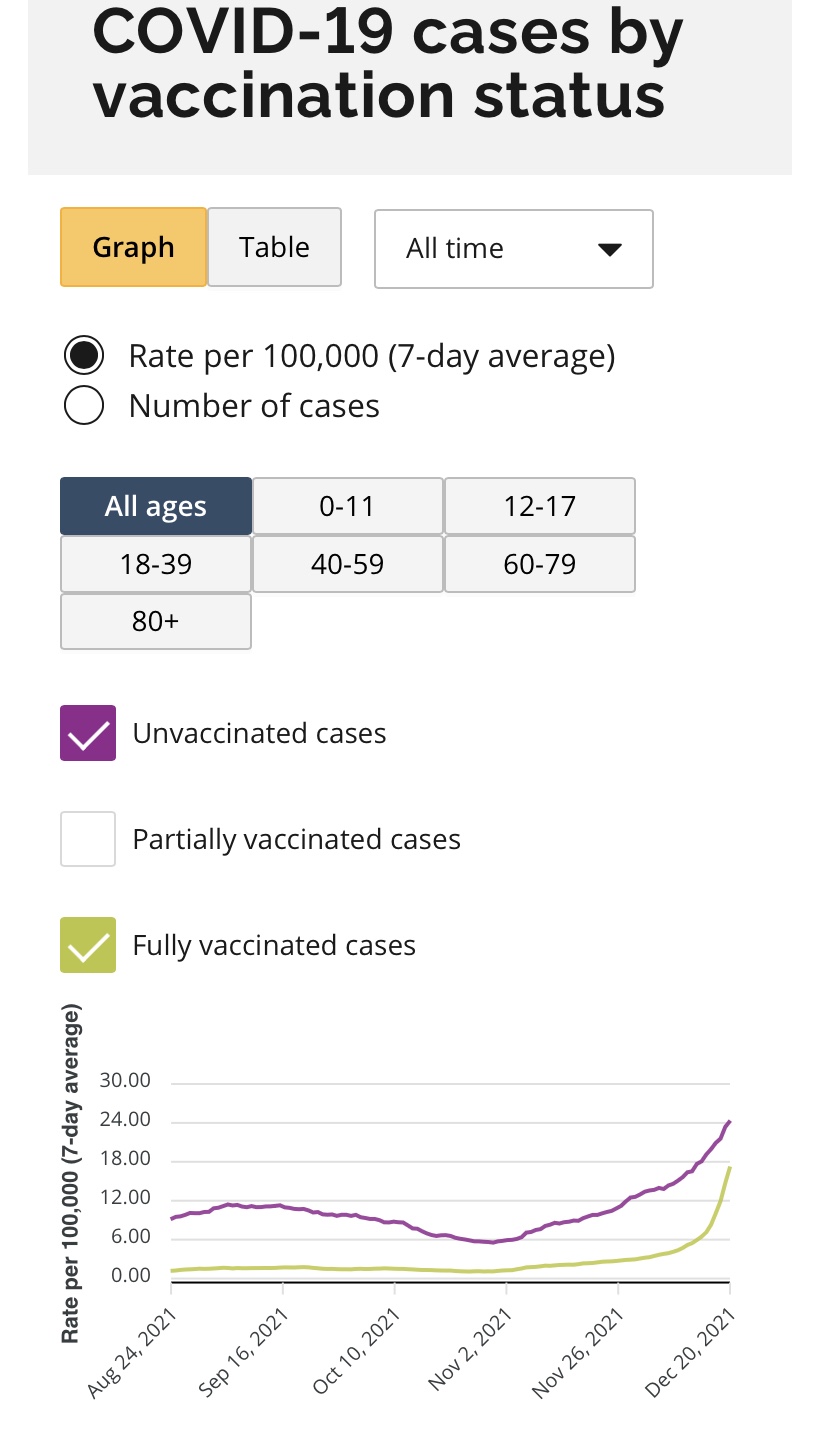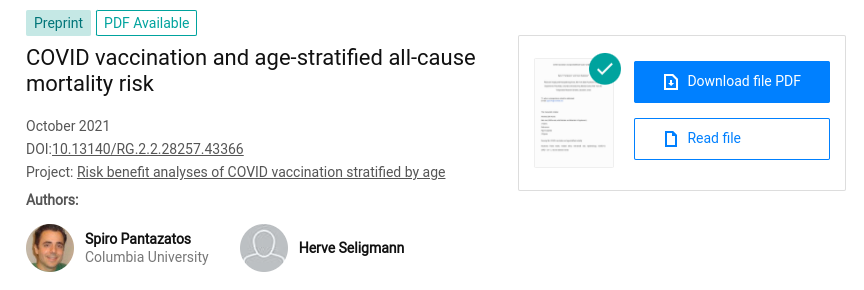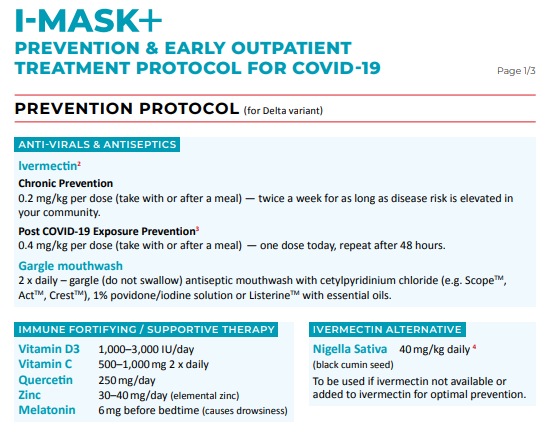Gradual Ex. 16:6, 7; Ps. 79:2-3: This day you shall know that the Lord will come, and save us; and in the morning you shall see His glory. V. Take heed, You who rule Israel, You who are shepherd over Joseph. You who are enthroned above the Cherubim, reveal Yourself to Ephraim, Benjamin, and Manasses. Alleluia, alleluia! Tomorrow the sinfulness of the earth shall be blotted out, and the Saviour of the world shall rule over us. Alleluia!
Blessed Vigil of the Nativity of the Lord!
Today’s Gospel (Matt 1:16-21) is the revelation of the Annunciation to St. Joseph. You are surely more familiar with the version from Luke, which is from Mary’s perspective. But the account from Matthew has its own importance, as it proves beyond the shadow of a doubt the Mary was never an unwed mother. I wrote something about it last year that I’m reposting here in case the topic comes up at the dinner table:
Nativity of the Blessed Virgin Mary, who was NEVER an unwed mother
Today is September 8th, the Feast of the Nativity of the Blessed Virgin.
Sometimes you just have to laugh when God so clearly presents you with your task for the day. Remember, He planned for you to be alive in this world at this very moment; you were born for this, and His expectations are not a null set. Incredibly, my task today is to explain ancient Jewish marriage rituals. As it happens, there are Jews in my family, so I have first hand knowledge of how this works. The traditional rituals are virtually the same today as they were at the time of Christ.
But first, may I just say, you really need to get to know your Mother, the glorious and immaculate Virgin. The more love you have for her in your heart, the more room in your heart for Christ, and the more willing He is to dwell there. In the first hour of her birth, Mary bore more glory than all the Old Testament saints, and in that same hour, had already attained more sanctity than all the New Testament saints while they yet lived.
Your greatest confidence is to be entrusted to your Mother, who gave us the wedding at Cana as the first glimpse of her under the title Virgin Most Powerful. Gospel of John, chapter two. Wine runs out, Mary asks Jesus to help, Jesus says no, Mary doesn’t take no for an answer. Nope. GOD INCARNATE OVERRULED BY MOM. Not only does Jesus give in to Mary’s request, not only does He make more wine, really good wine, like the best wine evah, He makes 150 GALLONS OF WINE. Oh how the prots must hate John 2.
Now of course, Mary knew perfectly well that her request was aligned with Christ’s divine will, and that He would carry it out accordingly. God, being perfect, cannot act against His own will, and a creature cannot order God around. But here we have Christ as a model of the Fourth Commandment, even as he is yet God. This same dynamic plays out today, inside the Beatific Vision. Let’s just say the Holy Mother of God is… influential. He listens to her, and she wants to obtain and deliver great graces for you.
Folks, pray the Rosary every day.
So here is the deal with Mary’s marriage to Joseph. In the Jewish tradition, there are three steps to the marriage ritual. Today, all three steps happen on the same day. In ancient times, there could be long periods of time between the steps, especially the last two steps (up to a year). But the key point is this: The spouses are really married, lawfully married, at the very first step. This is the signing of the Ketubah, the marriage contract, which is countersigned by the parents.
The next step is espousal/betrothal in the Kiddushin, followed by the final step of Nissuin. Traditionally, these could take place up to a year apart, during which time the couple do not yet live together. This was the case for Mary and Joseph. Today the two rites take place minutes apart in the same ceremony, with the couple standing together with their parents under the huppah.
But what does the bible say?
Part of the confusion comes from our encounter with the Annunciation, which appears only in Luke. After explaining the miraculous conception of the Forerunner, Luke lays out the Annunciation and the Visitation, followed by the Nativity of St. John. The only term used in the first chapter of Luke is “espoused/betrothed,” which people misconstrue into thinking they were only “engaged.”
However, if you turn to chapter two and the birth of Jesus, you will see in Luke 2:4-5:
And Joseph also went up from Galilee, out of the city of Nazareth into Judea, to the city of David, which is called Bethlehem: because he was of the house and family of David, to be enrolled with Mary his espoused wife, who was with child.
WIFE. That is why Joseph, before he was visited by the angel, had decided to quietly divorce Mary (under the old law). You don’t divorce someone you’re not married to.
But the bigger clincher is from Matthew:
And Jacob begot Joseph the husband of Mary, of whom was born Jesus, who is called Christ. So all the generations, from Abraham to David, are fourteen generations. And from David to the transmigration of Babylon, are fourteen generations: and from the transmigration of Babylon to Christ are fourteen generations. Now the generation of Christ was in this wise. When as his mother Mary was espoused to Joseph, before they came together, she was found with child, of the Holy Ghost. Whereupon Joseph her husband, being a just man, and not willing publicly to expose her, was minded to put her away privately. But while he thought on these things, behold the angel of the Lord appeared to him in his sleep, saying: Joseph, son of David, fear not to take unto thee Mary thy wife, for that which is conceived in her, is of the Holy Ghost. Matt 1:16-20
“MARY WAS ESPOUSED TO JOSEPH”
“JOSEPH HER HUSBAND”
“MARY THY WIFE”
So there you go. Please feel free to use this as the need arises.

